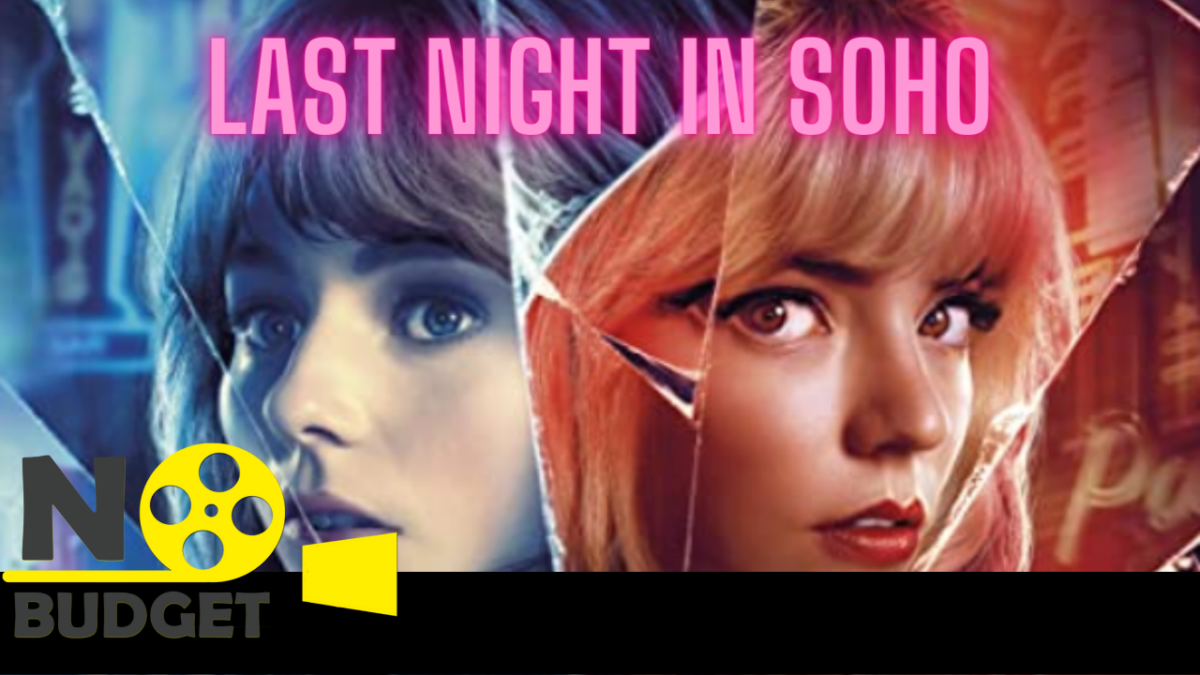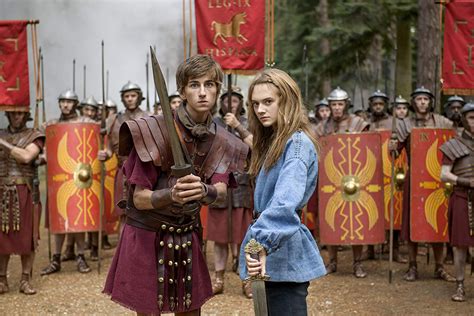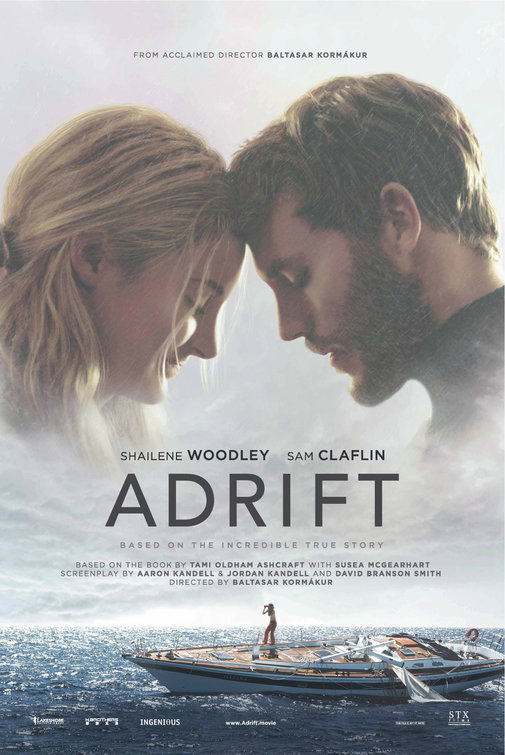Last Night in Soho – Review
As people, we often reminisce about how good things once were. As a child, my parents would complain about my music, because the music of their generation is better according to them. I’m sure their parents, my grandparents, had the same complaints as well. I host a podcast where we relive the 1980s and 90s as if they were the greatest decades. But the reality is with every positive in history there is a negative, and that is the question posted in Edgar Wright’s Last Night in Soho. A film that points how nostalgia isn’t necessarily as fantastic as we might think it is. Especially for anyone who is not a white male.
Thomasin McKenzie plays Eloise, or Ellie, a young girl who lives with her grandmother. Like her mother, Eloise wants to be a fashion designer. She is accepted to a design school in London. Before leaving, we learn Eloise sees dead people, specifically in the form of her deceased mother, reflected in a mirror. The mirror is a reoccurring item throughout the film to show the similarities and differences between the two worlds portrayed.
Arriving in London Eloise is roomed with the cast of Mean Girls (not really, but basically) The group of girls takes an instant disliking to her wide-eyed out-of-water country girl. Because that’s what mean girls do. Moving out of her dorm into a room in Soho, Eloise begins having vivid dreams following a girl by the name of Sandie (Anya Taylor-Joy) a confident singer in the 1960s. Eloise loves the 60s as we learn through the running soundtrack, a technique that Wright used heavily in Baby Driver. Sandie is lovely, dresses in fantastic clothing that Eloise uses in her designs and personal appearance. But they are far from the same as Sandie gets involved with a manager played by Matt Smith, and Eloise sporadic behavior brings her to the attention of John (Michael Ajao) the love interest.
The performances by almost everyone in the film are stellar except for one, unfortunately, Michael Ajao. This is the first film I’ve seen Ajao in, so I can’t say if his lackluster performance was his fault or that of Wright not providing good direction. Or, simply because Edgar Wright wrote a character that is one dimensional, and whose actions throughout the film are unjustified. Yes, McKenzie is an attractive girl, but beyond that, the only interactions he has with her is with her being dismissive to him or behaving in what would come across as crazy to a normal human. So, why is he so into her? We don’t really know, other than he was written that way.
There is a lot to unpack in Last Night in Soho, which could be why a lot of reviewers are having issues with the film. Is this a horror film or a psychological thriller? Is it about sexism, mental health, toxic masculinity, or toxic nostalgia? There is a lot of #metoo in this as well. Especially as we follow Sandie’s story, where the past is only a happy place for white men.
For me, where this film stands out is in the cinematography and art department. Director of Photography Chung-hoon Chung does a beautiful job transitioning between the two worlds of the present and the 60s, especially in the use of mirrors with McKenzie and Taylor-Joy mirroring each other. The camera movement involves nice, slow tracking shots. Wright doesn’t use hand-held shaky camera movement full of extreme closeups to create drama, like many of the current crop of lazy filmmakers we see in cinema. The fashion and choreography all come together to create a world that is, in fact, beautifully nostalgic while also having a dark underbelly.
Another area where Wright shines is his use of music. We have seen this is his films past such as the previously mentioned Baby Driver. In Last Night in Soho, he continues his use of music to tell the story, which reminds me of music soundtracks from the 90s. It seemed then most movies had an accompanying soundtrack for fans buy the CD. This doesn’t happen as much in films these days, but it does in this one. Thanks to songs by Dusty Springfield, The Kinks, and more. Some might say it’s a little over the top, for example, using “Wishin’ And Hopin’” when she is wishing for something. Or the use of “Eloise” by Barry Ryan because the main character’s name is Eloise. Which, to be honest, isn’t that great of a song to begin with. However, barring that song, the music, for me works, in the same way a music video work for a song.
The end of the film is a bit of a let-down. I can’t go into too much detail here without giving it a way. But don’t let that dissuade you from seeing the film, as there is a lot worth seeing in this movie. Do I love this film? No. Do I hate it? Also, no. Edgar Wright is a fantastic filmmaker which is on display in this movie throughout, however his attempt at plugging into the #metoo zeitgeist is a bit in your face, with a script that could have probably used another rewrite or two.
To enjoy this movie, you need to let go of what you expect from Edgar Wright, appreciate the visually striking cinematography, and not get your hopes up too much about the story.
- Directed by: Edgar Wright
- Written by: Edgar Wright and Krysty Wilson-Cairns
- Starring: Thomasin McKenzie and Anya Taylor-Joy
- Rated: R
- Budget:$30,000,000 est.
- Released: October 29th, 2021
- Running Time: 1 hour and 56 minutes
Review by Milo Denison, the author of How to Manage Your Manager and host of podcast The 80s and 90s Uncensored.
Watch the Trailer
Tags In
Related Posts
Leave a Reply Cancel reply
This site uses Akismet to reduce spam. Learn how your comment data is processed.





